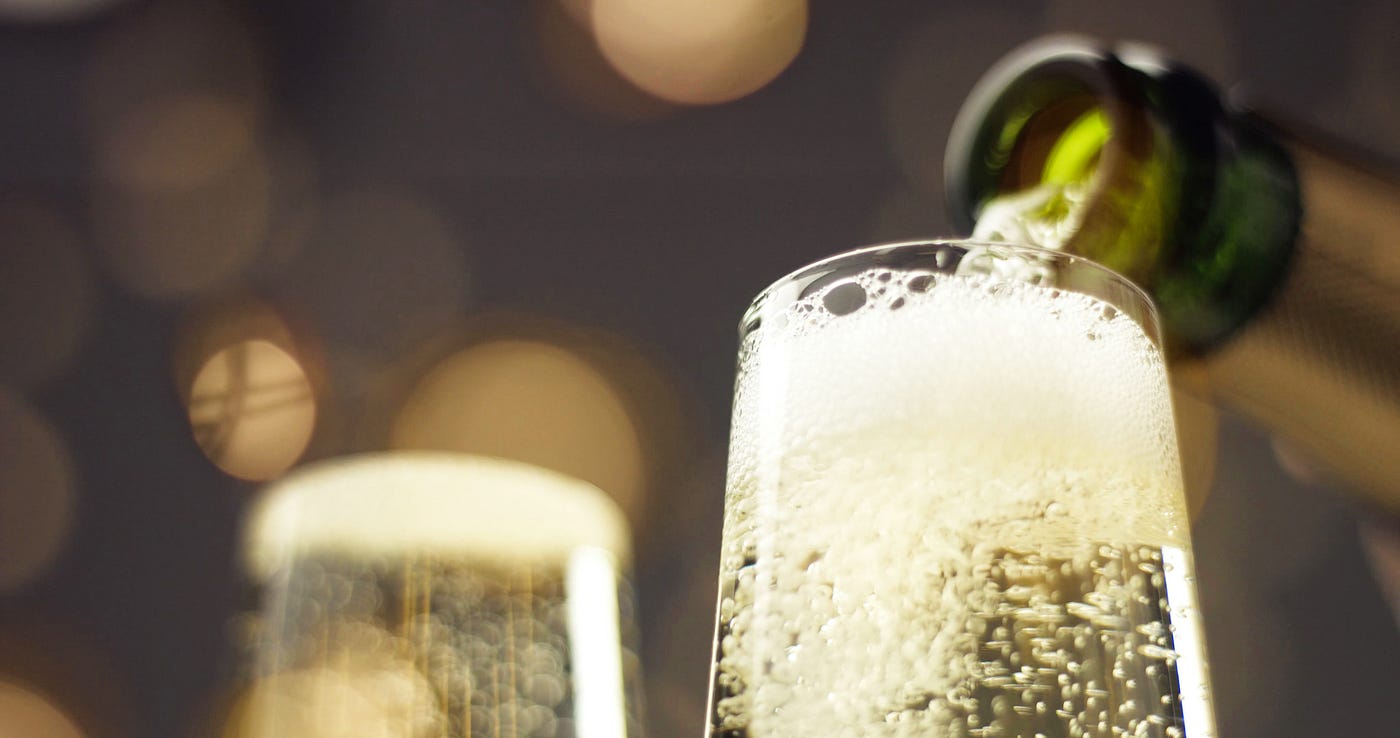- Wine Color/Type
- Top Occasions
- Unique Wines
- Surprise Me!
It’s Prosecco o’clock
What is the best excuse to have a glass of bubbly? It’s August 13th, 2023 — It’s “International Prosecco Day!”
It’s always Prosecco o’clock somewhere (Credit: Anastasia/stock.adobe.com)
But what is it about this drink that cannot be missed at any celebration and has become synonymous with fruity sparkling wine?
Toasting at a party with Prosecco! (Credit: Kate Dacres-Mannings, Unsplash.com)
- It has its origins in Italy: The Veneto and Friuli regions are home to this sparkling wine.
- Protected origin: The name Prosecco refers solely to wines made within three designated regions, produced with at least 85% Glera.
- No variety: In 2010, the variety was renamed from “Prosecco” to “Glera.” This allowed the authorities to protect the region and the quality.
- Eastern origins?: The term “Prosecco” finds its roots in neighboring Slovenia, where it translates to ‘path through the woods.’
- Lower calories: Dry Prosecco generally tends to have fewer calories than full-bodied wine. This is due to the alcohol content of 11–11.5% abv. In comparison, a dry Prosecco can be calculated with 80–90 calories intake, whereas a glass of wine with the same amount accounts for 120–125 calories.
- Unique production: Prosecco stands out from other sparkling wines in its production method. It utilizes the “tank method,” involving pressure-resistant fermentation tanks developed in the late 1800s, capable of generating up to 4 atmospheres of pressure. The short time on the lees enhances its fruity characteristics.
- Mixology: The Bellini made its debut in 1948 at the renowned Harry’s Bar in Venice, thanks to an inventive bartender. The concoction involved passing ripe white peaches through a sieve, with the resulting puree crowned by effervescent, lively Prosecco. Absolutely delightful!
So what are you waiting for? Discover your perfect Prosecco from the diverse selection through VinoVoss.
Lotte Gabrovits
Latest articles


